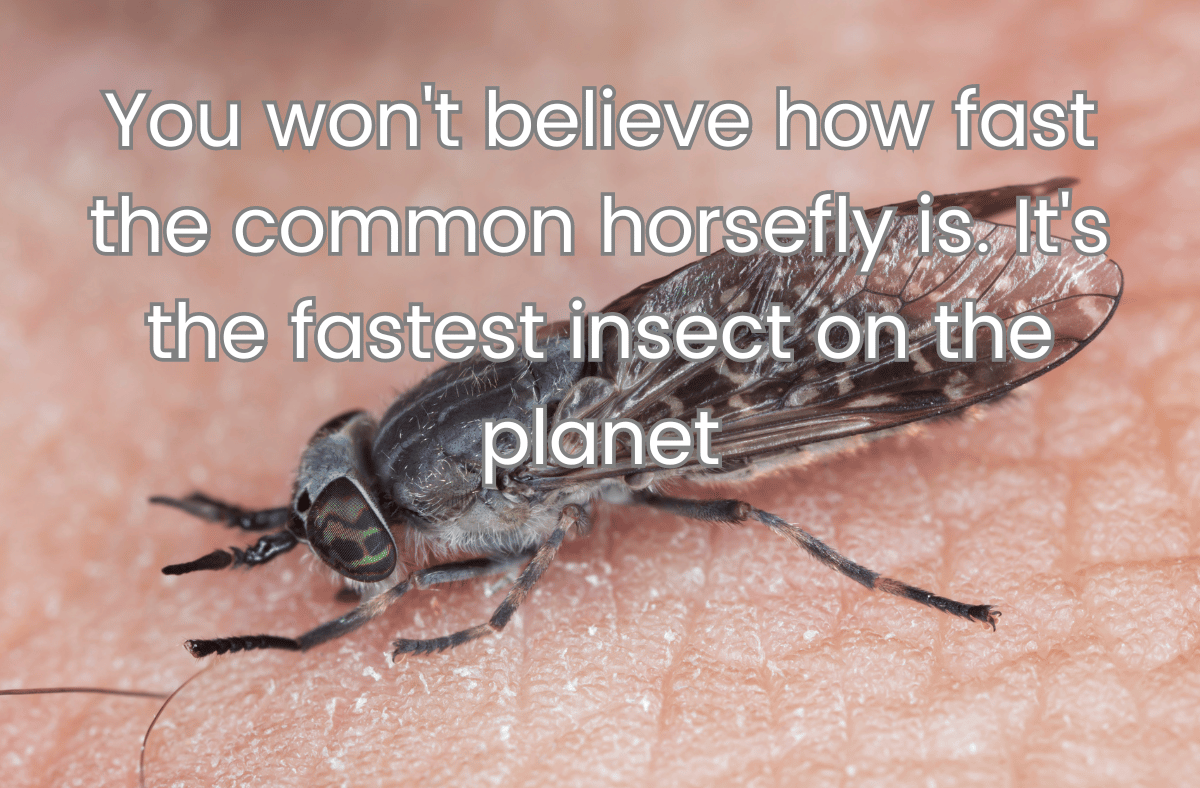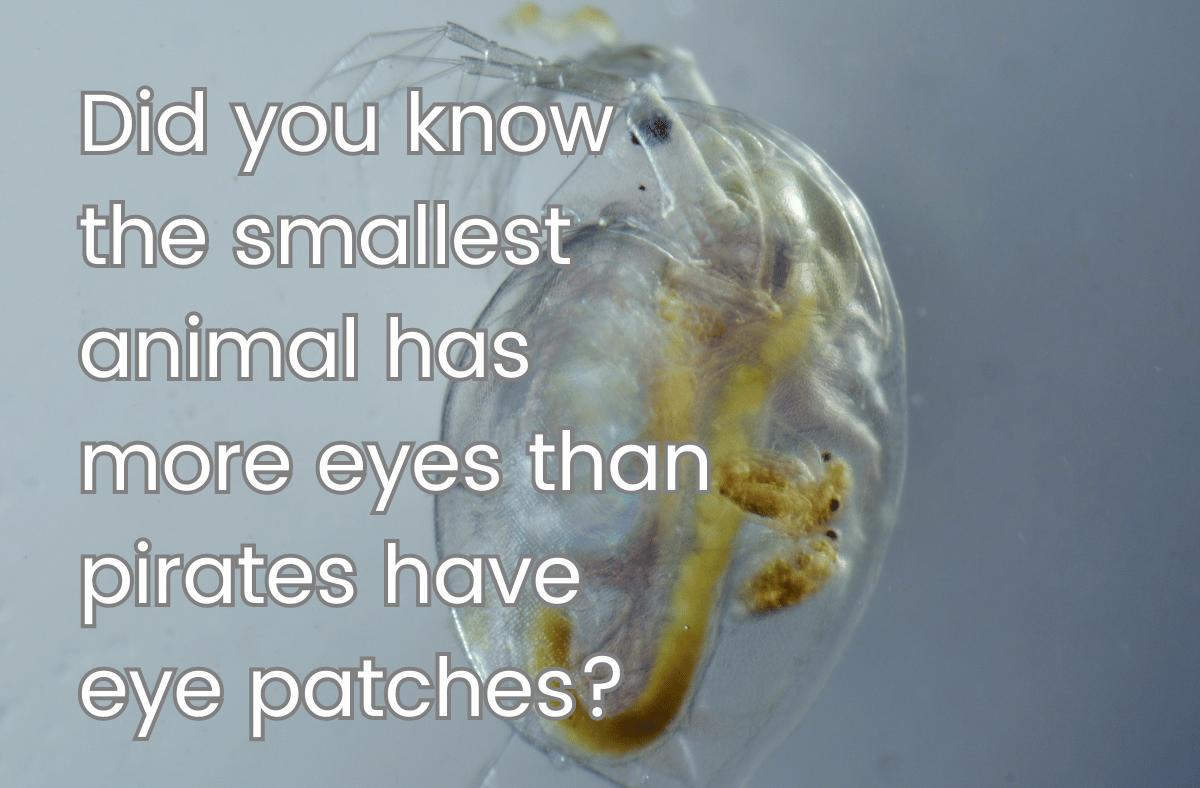For those in a hurry:
- The common horsefly is the fastest insect, with an estimated speed of 90 mph (144,84 km/h) under certain circumstances.
- It can fly faster than most birds, but not as fast as a fly swatter.
- It uses its speed to catch prey and escape predators.
- It has a large compound eye that helps it see in all directions.
- It has a sharp mouthpart that can pierce the skin of animals and humans and suck their blood.
- It can transmit diseases such as anthrax and tularemia.
- It is attracted by dark colors, movement, and carbon dioxide.
- It can be repelled by insect repellents, nets, and fans.
The fastest insect: How does it fly so fast?
The common horsefly (Tabanus sudeticus) is the fastest insect in the world, according to a study by researchers from the University of Florida. They estimated that it can reach a speed of 90 mph (144,84 km/h) when flying in a straight line for short distances. That’s faster than most birds, such as pigeons, ducks, and hawks, but not as fast as a fly swatter, which can move at 120 mph (193 km/h).
The horsefly uses its speed to catch prey and escape predators. It feeds on the blood of mammals, including horses, cattle, deer, and humans. It can fly for long periods of time without resting, and can cover distances of up to 30 miles (48 km) in a day.
The horsefly has a powerful flight muscle that contracts and relaxes rapidly, allowing it to flap its wings up to 200 times per second. It also has a large compound eye that covers most of its head, giving it a wide field of vision and the ability to detect movement and colors.
Why should you avoid it?
The common horsefly is not only fast, but also dangerous. It has a sharp mouthpart that can pierce the skin of animals and humans and suck their blood. Unlike mosquitoes, which have a needle-like proboscis, the horsefly has a blade-like mandible that cuts through the flesh and causes pain and bleeding.
The horsefly can transmit diseases such as anthrax and tularemia, which can affect both animals and humans. Anthrax is a bacterial infection that can cause skin lesions, fever, and death. Tularemia is another bacterial infection that can cause ulcers, swollen glands, and pneumonia.
The horsefly is attracted by dark colors, movement, and carbon dioxide. It can sense the heat and sweat of its potential hosts. It prefers to bite on exposed areas of the skin, such as the head, neck, arms, and legs.
The horsefly can be repelled by insect repellents, nets, and fans. Wearing light-colored clothing and avoiding areas with high vegetation can also help reduce the risk of being bitten.






















